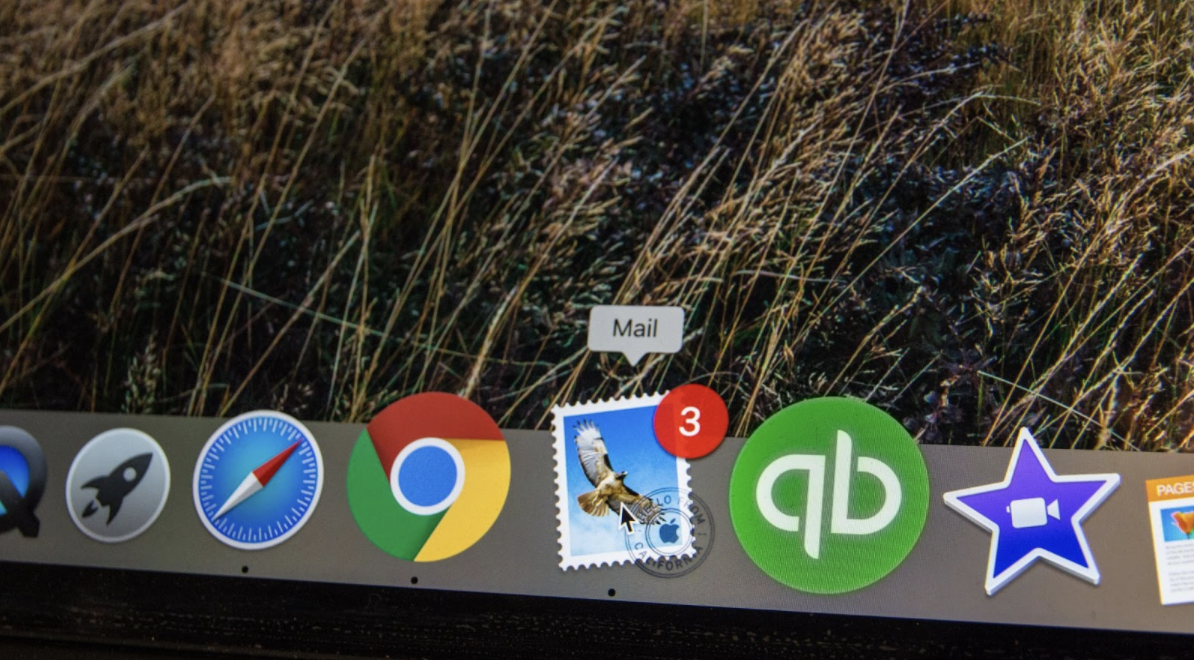Try one of our ready made Ecards
Everything is done for you with out ready made ecards. All you have to do is put in your own unique content and choose who to send it to.
Our Services
Try one of our ready made Ecards
Everything is done for you with out ready made ecards. All you have to do is put in your own unique content and choose who to send it to.
Reducing your carbon footprint should be a high priority for any business, but what about email and regular mail – how do you tackle that?
At eCo2 Greetings, we’re proud to say that sending one of our corporate ecards is much greener than posting cards to your clients at Christmas time – and we’re dedicated to planting 10 trees with every ecard order.
We have recently taken it upon ourselves to look into the carbon impact of sending an email instead of a postal letter. The difference is substantial and it is exactly why we will continue to bang our eco drum.
You will be able to see our findings in the infographic below, but we’re here to talk about much more than that.
Read on to find out the carbon footprint of email and regular mail, plus how to reduce the environmental impact of your emails and digital communication…

Typically, a carbon footprint is the total greenhouse gas emissions directly or indirectly caused by either an individual, an event, a product or an organisation – such as your business.
This can include anything that causes the burning of fossil fuels, resulting in greenhouse gas emissions. Examples of this would be driving to work, energy to power or heat your business, and waste disposal.
Regular mail can be anything from a letter to a parcel – this can cause the carbon footprint to vary.
As you can see from our infographic below, up to 29gm of CO2 can be emitted from the process of posting a standard letter. Remember, this includes an indirect and direct impact. The indirect impact is everything you don’t see – such as transport and the sorting of post.
Read more: How can businesses improve their carbon footprint
You can imagine the environmental impact for the regular post based on this number when up to 90% of mail is business-related. The sheer amount of work documents such as contracts, invoices, letters, and cards all add up – and quite rapidly. Even more so if there are large packages involved for products and new stock. This figure will certainly jump at Christmas.

The majority of business waste is composed of paper, so reducing the amount of paper you use at your company is an easy place to start. This will include all direct mail you receive. Aiming for a paperless office is an easy step to reduce your carbon footprint.
Read more: The Best Eco Christmas Markets to Visit This Festive Season
Technology has made it easier than ever to store documents (with e-versions or scanned documents) so it’s no longer necessary to store paper records. Email is the simplest step. There aren’t many businesses that don’t use this technology over regular mail, and it’s not difficult to replace your other paper processes.

Similar to direct mail, the carbon footprint of an email depends on the size of the message and how large the attachments are.
A standard email, one without an attachment, has a carbon footprint of 4gm of CO2e (carbon dioxide equivalent). This figure relates to the power that data centres and your computers spend sending, filtering and reading your messages.
Every email processed uses electricity. Adding just a small attachment can dramatically increase the carbon footprint of your emails – 19gm CO2e. An email with large or multiple attachments (such as images) can have a carbon footprint of up to 50gm CO2e. So, as you can see, dropping those bulky attachments can make a big difference in the long run.
Just think about the number of emails you send or receive in a day, particularly at work, and it all starts to add up. A typical year of incoming postal mail can add 136kg of emissions to your carbon footprint. To put that into perspective, that’s the equivalent of driving 200 miles in a car.
The question of how much energy is used driving digital activity will depend on the company. Industry leaders such as Apple and Google have all committed to using clean sources of energy for their data centres. Therefore, it may be best to look into your service provider’s source of energy – as this will indirectly affect your carbon footprint.

Email, unfortunately, contributes to an unknown form of pollution – digital pollution, the impact of the internet or the digital world on the environment.
We may think the internet and our digital platforms are ethereal – but this is far from being the case.
The internet is based upon physical infrastructure. In fact, there is an entire network of cables, data centres and servers that are the foundation of the functioning of the internet.
A recent study by the energy company OVO found that the UK sends more than 64 million unnecessary emails every day. What’s more, if we sent one fewer “thank you” email a day – it would save more than 16,433 tonnes of carbon dioxide a year. That figure is the equivalent of taking 3,334 diesel cars off the road. The total impact is up to 23,475 tonnes of CO2 a year.

When you press ‘send’, your email goes through the network, and it takes electricity to run the network.
The email will then end up being stored on the cloud somewhere in a data centre, and those data centres use a huge amount of electricity. The processes needed for the network and data centres require immense cooling – along with additional water and air conditioning. Many people aren’t aware of this, simply because we can’t see it.
Learn more about our incredible eCards – Premium and for Christmas
Here are a few tips to keep your email inbox as clean and eco-friendly as possible:
Check out the environmental impact of your communications – an infographic by the team at eCO2 Greetings below:

Eco 2 Greetings is here to help your business with our selection of high-quality eco-friendly eCards – you can quickly design your own with a choice of templates available, choose from our range of Premium eCards which will include animation, or get something extra special with our completely bespoke eCard service!
Clients who trust us:





